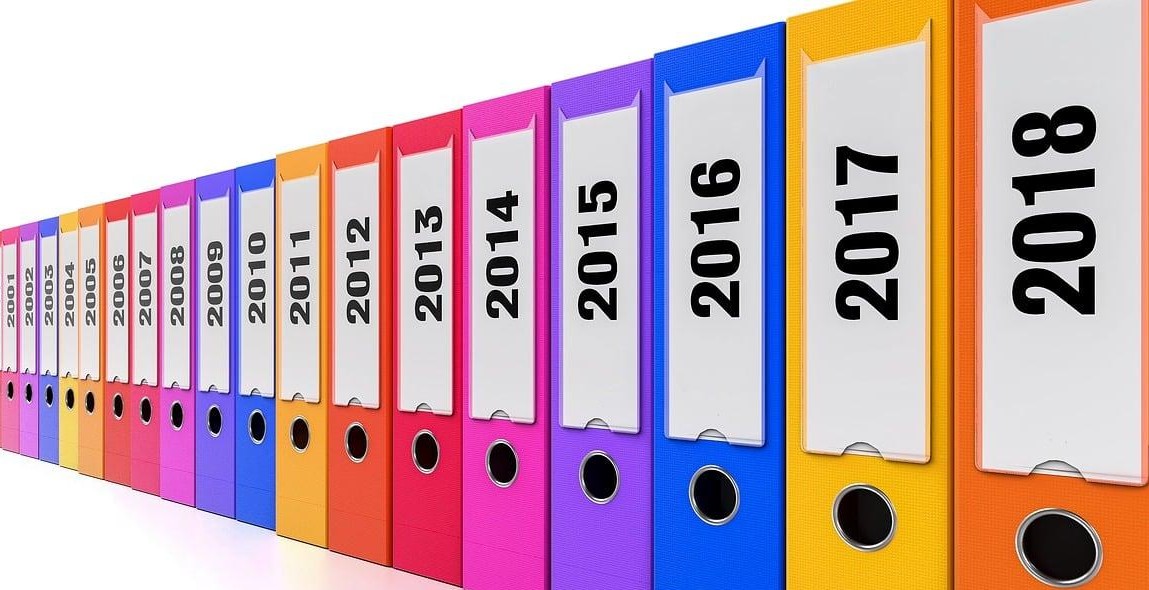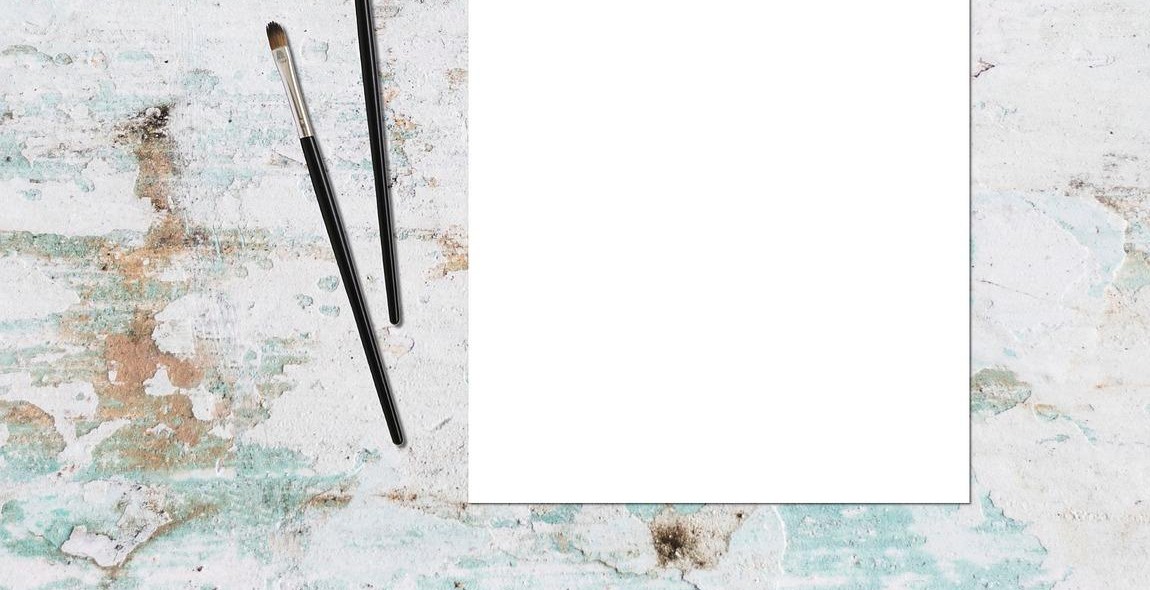How to Create a Portfolio for Artists: Showcasing Your Work Effectively
As an artist, your portfolio is your most important marketing tool. It is the first thing potential clients, galleries, and agents will look at when considering your work. A well-crafted portfolio can be the difference between landing a job and being overlooked for another artist.
Why a Portfolio is Important for Artists
A portfolio is a collection of your best work that showcases your talent, skills, and creativity as an artist. It is a visual representation of your brand and style, and it gives potential clients and collaborators an idea of what you can create. A portfolio can help you:
- Stand out in a competitive market
- Attract new clients and collaborators
- Secure more business opportunities
- Highlight your strengths and unique selling points
Creating a portfolio can seem overwhelming, but it doesn’t have to be. With a clear strategy and a focus on showcasing your best work, you can create a portfolio that will impress potential clients and collaborators.
Step 1: Choose Your Best Work
Creating a portfolio can be overwhelming, especially if you have a lot of work to choose from. However, it’s important to remember that quality is always better than quantity. Potential clients or employers are more likely to be impressed by a few outstanding pieces rather than a large number of mediocre ones.
Start by selecting your best work. These are the pieces that showcase your skills and abilities the most effectively. Look for pieces that are unique, visually interesting, and demonstrate your technical abilities.
Include a Variety of Styles and Mediums
While it’s important to showcase your best work, it’s also important to include a variety of styles and mediums in your portfolio. This shows potential clients or employers that you are versatile and can work with a range of styles and mediums.
Consider including pieces that showcase different techniques or mediums you are proficient in. For example, if you are a painter, include pieces in different styles such as abstract, landscape, or portrait. If you work with different mediums, include pieces that showcase your skills with each medium.
By including a variety of styles and mediums, you are also showing that you can adapt to different projects and clients’ needs.
Organize Your Portfolio
Once you have selected your best work and a variety of styles and mediums, it’s time to organize your portfolio. Consider grouping your pieces into categories such as medium, style, or project type. This makes it easier for potential clients or employers to navigate your portfolio and find what they are looking for.
You can also consider adding a brief description or background information about each piece. This can provide context and insight into your creative process, which can be helpful for potential clients or employers.
| Do: | Don’t: |
|---|---|
| Choose your best work | Include mediocre pieces just to fill space |
| Include a variety of styles and mediums | Stick to one style or medium |
| Organize your portfolio | Have a disorganized or cluttered portfolio |
By following these steps, you can create a portfolio that showcases your best work effectively and impresses potential clients or employers.

Step 2: Organize and Categorize Your Work
Once you have selected the pieces you want to include in your portfolio, the next step is to organize and categorize your work. This will help you create a cohesive theme and make it easier for your audience to navigate through your portfolio.
Create a Cohesive Theme
Having a cohesive theme throughout your portfolio will give it a professional and polished look. It will also help you showcase your work in a way that is visually appealing and easy to understand. When selecting a theme, consider the type of work you do and the audience you are targeting. For example, if you are a painter, you may want to choose a theme that highlights the colors and textures of your work. If you are a graphic designer, you may want to choose a theme that showcases your design skills.
Use Categories to Group Similar Work
Grouping your work into categories will make it easier for your audience to navigate through your portfolio. This will also help you showcase your versatility as an artist. When creating categories, consider the type of work you do and the themes that are present in your work. For example, if you are a photographer, you may want to create categories such as landscapes, portraits, and still life. If you are a sculptor, you may want to create categories such as figurative, abstract, and mixed media.
| Tip: | Keep your categories simple and easy to understand. Avoid using jargon or technical terms that may confuse your audience. |
|---|
By creating a cohesive theme and grouping your work into categories, you will be able to showcase your work effectively and make it easier for your audience to navigate through your portfolio. This will help you stand out as an artist and make a lasting impression on your audience.

Step 3: Choose Your Presentation Method
Once you have selected the pieces you want to include in your portfolio, it’s time to decide how you want to present them. There are two main methods for showcasing your work: digital portfolios and physical portfolios. Each method has its own advantages and disadvantages, so it’s important to consider your options carefully before making a decision.
Digital Portfolios
A digital portfolio is a collection of your work that is presented online. This method has become increasingly popular in recent years because of its convenience, accessibility, and cost-effectiveness. With a digital portfolio, you can easily share your work with anyone, anywhere in the world.
One of the biggest advantages of a digital portfolio is that it allows you to showcase your work in a dynamic and interactive way. You can include high-quality images, videos, audio files, and even 3D models to give viewers a more immersive experience. Additionally, digital portfolios are easy to update and modify as you create new pieces of work.
However, there are also some drawbacks to digital portfolios. For one, not everyone has access to the internet or the necessary technology to view your work. Additionally, some people may prefer to see your work in person, where they can get a better sense of the texture, size, and overall quality of your pieces.
Physical Portfolios
A physical portfolio is a collection of your work that is presented in a tangible format, such as a book, folder, or binder. This method has been used by artists for centuries and remains a popular option today.
One of the main advantages of a physical portfolio is that it allows viewers to see your work up close and personal. They can touch the pages, feel the materials, and get a better sense of the overall quality of your pieces. Additionally, physical portfolios can be a great way to showcase your creativity and design skills if you choose to create a custom book or binder for your work.
However, physical portfolios can also be expensive to produce and difficult to transport. They may also be more limited in terms of the number of pieces you can include, as you will need to physically carry them with you to each presentation.
Conclusion
Ultimately, the choice between a digital portfolio and a physical portfolio will depend on your personal preferences, your budget, and your intended audience. Consider the pros and cons of each method carefully before making a decision, and don’t be afraid to experiment with different formats to see what works best for you.
Step 4: Add the Finishing Touches
Now that you have organized your portfolio and selected your best work, it’s time to add the finishing touches that will make your portfolio stand out. Here are two essential elements to include:
Artist Statement
Your artist statement is a brief summary of who you are as an artist, your creative process, and the themes or concepts that inspire your work. It should be concise, engaging, and written in the first person. A well-crafted artist statement can help you connect with potential clients, galleries, and art collectors.
When writing your artist statement, keep in mind your target audience and the purpose of your portfolio. Are you aiming to sell your artwork, build a professional network, or showcase your skills to potential employers? Your artist statement should reflect these goals.
Contact and Social Media Information
Make sure to include your contact information in your portfolio. This can be a simple email address or phone number, or a link to a contact form on your website. If you have a professional social media presence, such as a Facebook page, Instagram account, or LinkedIn profile, include those links as well.
Having an active social media presence can help you connect with potential clients and showcase your work to a wider audience. Make sure to keep your social media profiles up to date and post regularly. Engage with your followers and respond to comments and messages promptly.
| Key Takeaways: |
|---|
| An artist statement is a brief summary of who you are as an artist, your creative process, and the themes or concepts that inspire your work. |
| Include your contact information and links to your professional social media profiles in your portfolio. |
| An active social media presence can help you connect with potential clients and showcase your work to a wider audience. |
By following these steps, you can create a professional and effective portfolio that showcases your work and helps you achieve your artistic goals.

Conclusion
Creating a portfolio for artists is a crucial step towards showcasing your work effectively. It helps you to present your work in a professional manner and gives you a better chance of getting recognized by potential clients or employers.
When creating your portfolio, it is important to keep in mind that it should reflect your personality and style as an artist. You should also make sure that it is well-organized and easy to navigate.
One of the most important things to remember when creating a portfolio is to include your best work. You want to showcase your skills and abilities, so choose pieces that are the most representative of your style and technique.
You should also consider including a brief artist statement and your contact information. This will help potential clients or employers get to know you and understand your artistic style.
Finally, keep in mind that your portfolio is an ongoing project. It is important to update it regularly with new work and to keep it fresh and up-to-date. With these tips, you can create a portfolio that showcases your work effectively and helps you to achieve your artistic goals.
| Pros | Cons |
|---|---|
| Professional presentation of your work | Can be time-consuming to create and update |
| Helps you to stand out to potential clients or employers | May require some technical skills to create |
| Allows you to showcase your skills and abilities | May require some financial investment to create |
